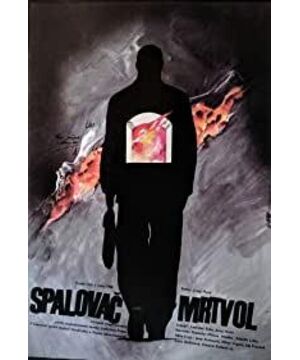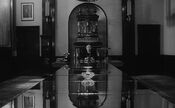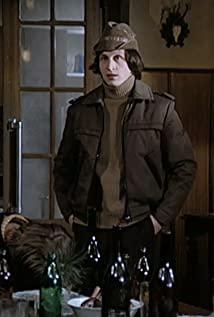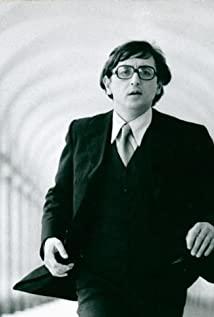Text / Fleeting in the world
remember that there was an advertisement on TV when I was a child. There was a robber-style hero who flew over the eaves and broke through the barriers. When he came to the room, there was a treasure box. When the thief excitedly opened it, there was a biscuit in it, and then he ate it. Showing an unforgettable expression, the slogan "xxx biscuits" was displayed on the screen. To be honest, the first time I saw it, I was really shocked, and there was an indescribable sense of strangeness. This advertisement is no worse than the Melatonin in previous years, and it uses strangeness and strangeness to capture people's psychology.
"The Crematory" is a classic fantasy work of the Czech New Wave, and if you watch it for the first time, it will also feel strange. It shows Nazi anti-Semitism vividly through the behavior of a morbid person, and it can be said to accuse Nazi atrocities in the form of CULT films. It is a metaphor for the dictator's control of the people's mind. Some fanatics will cruelly harm innocents by all means in order to achieve the purity of blood promoted by the tyrant.
This film is adapted from the novel of the same name by Ladislav Fuchs, so the dialogue is more artistic and presents a language aesthetic. Those beautiful words are matched by the morbid Carl's slow and calm tone with a strange exaggerated expression, and there is a sense of fear that is cold to the bone. The audience was deeply attracted by this eccentric, and through these dialogues, they could also understand why Carl fell deeper and deeper, unable to extricate himself from the quagmire of obsession with death.
The film has a dark and corrupt atmosphere from beginning to end, whether it is the raucous dance party or the gloomy crematorium, it is used to set off Carl's ruthlessness. The black-clothed women who appeared several times all heralded Carl's ideological changes, until after killing his wife and son, he got a perfect sense of accomplishment, so at this time, another personality hallucinated a person wearing a hidden robe. The self of the cassock indicates that he has completed the great cause and can enter the divine position. The cancer of the spirit made him forget the morality and the meaning of life.
The footage in this film is quite classic, with close-ups taking up most of the shots, especially the close-ups of the characters' faces. The shooting angle is also unique, especially for Carl's full body upside down to understand the plot, which has a very good effect, exposing its ugly and hypocritical nature. There are several clips in the film that are reminiscent of Hitchcock's "Reaper of Souls"-style one-shot to the end, expressed in an alternate montage method, a picture is both the end and the beginning, and a skill required here is the principle of motion: this The characters or objects in the picture must move toward the camera until they cover the camera, and then the characters or objects move out of the camera to lead to the next plot, giving a perfect and special experience.
The reason why the article is untitled is that I don’t know how to summarize this film. It is an alternative to the new wave film. The strangeness it shows from the beginning to the end deeply attracted me. Second time.
View more about The Cremator reviews









